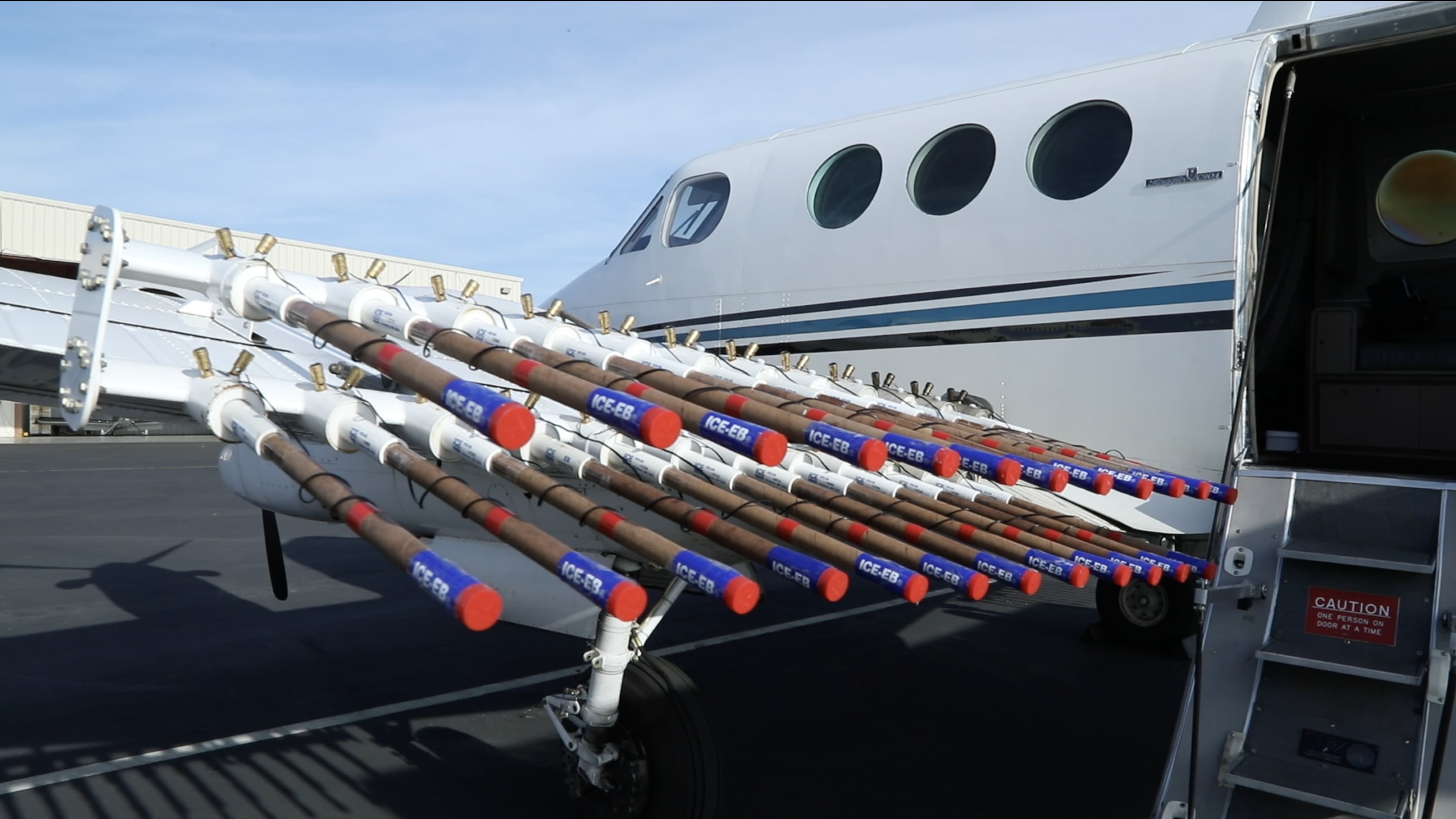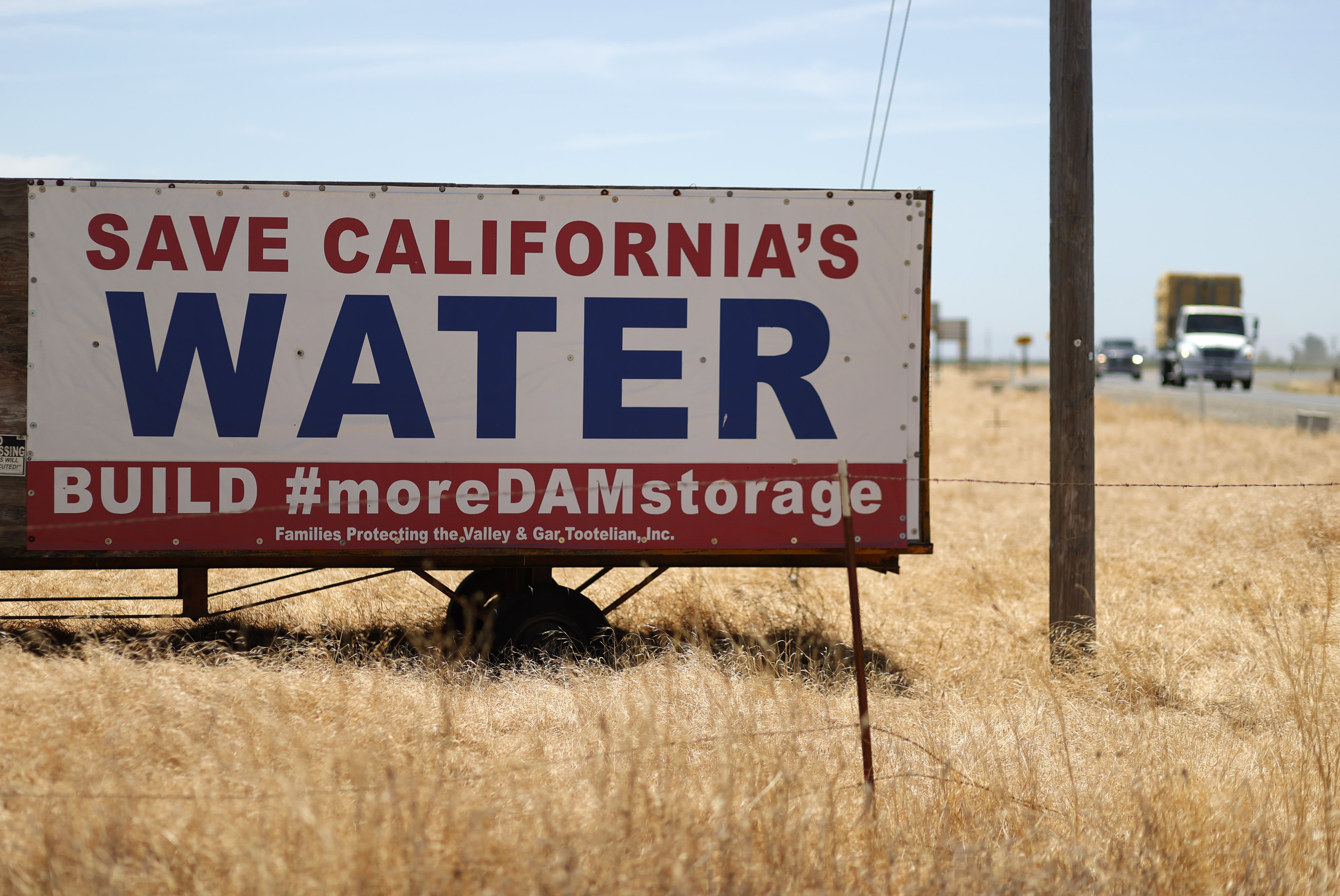What to Know
- Dry conditions are in the forecast for Sunday and Monday.
- The seven-day forecast includes several chances for rain in the coming week.
- A significant storm bringing heavy rainfall is in the Thursday forecast.
If your resolutions for 2023 include getting outside more often, New Year's Day offers an opportunity for a good start.
After a day of rain that intensified into the evening hours, Southern Californians are waking up to sunny skies and cool temperatures. The brunt of the storm moved out of Los Angeles County overnight, allowing evacuation warnings to be lifted for wildfire burn areas.
Get Southern California news, weather forecasts and entertainment stories to your inbox. Sign up for NBC LA newsletters.
Expect mostly dry conditions Sunday with some lingering showers in Orange County and the Inland Empire. Strong winds are likely on the coast.
Sunny skies are in the forecast for Monday morning when Pasadena showcases the Rose Parade and Rose Bowl game.
Another fast-moving storm system could arrive Tuesday and continue through at least Thursday.
"In the entire seven-day forecast, we've got a lot of rain chances in there," said NBC4 forecaster David Biggar.
“Our next arrival of that rainfall with be late Monday in early Tuesday,” said Biggar. “This looks like two days of rain, but it’s essentially one system that keeps going during the overnight hours.”
Wednesday brings more rain before a significant system moves through the region Thursday, when Southern California will see heavy rainfall. Conditions dry out Friday before more rain on Saturday.
“Plenty of rain chances, no need to have sprinklers turned on over the next week or two weeks,” Biggar said.
The Los Angeles County Department of Public Health issued an ocean water quality rain advisory that will be in effect until at least 7 a.m. Tuesday. With more rain in the forecast, the advisory could be extended.
Health officials noted that stormwater runoff that reaches the ocean can carry bacteria, chemicals, debris trash and other health hazards. People who come in contact with impacted water in the ocean could become ill, health officials said.
California Drought
Nearly 98 percent of the state remained in drought at the end of December. More than 80 percent of the state was in severe drought, the third most severe category in the weekly Drought Monitor report.
A swath of the agricultural Central Valley north of Los Angeles remained in exceptional drought, the most severe category. Extreme drought stretched from northern Los Angeles County through the central part of the state to the Oregon border.
California has spent most of the last 15 years in drought conditions. The current three-year dry spell included one of the driest late winters on record.
The state's normal wet season runs from late fall to the end of winter, but dismal precipitation left about 95 percent of California in severe drought at the start of spring. By September, nearly all of California was in drought.
Much of California’s water comes from melting snow in the Sierra Nevada Mountains. In an ideal scenario, storms blanket the mountains with snow during winter, building up the natural reservoir. That snow then melts in late spring and early summer, replenishing the state's water system. Snowpack was far below normal in Spring 2022.
California recorded its driest first three months of the year on record to start 2022. The dry stretch followed a promising December when storms drenched parts of the state and brought snow to the Sierra Nevada Mountains.
But late fall storm brought reason for optimism. California's statewide snowpack level was more than 200 percent above normal in mid-December after powerful December storms blanketed the Sierra Nevada Mountains with snow.
In December 2021, statewide snowpack was at a dismal 22 percent to normal.



